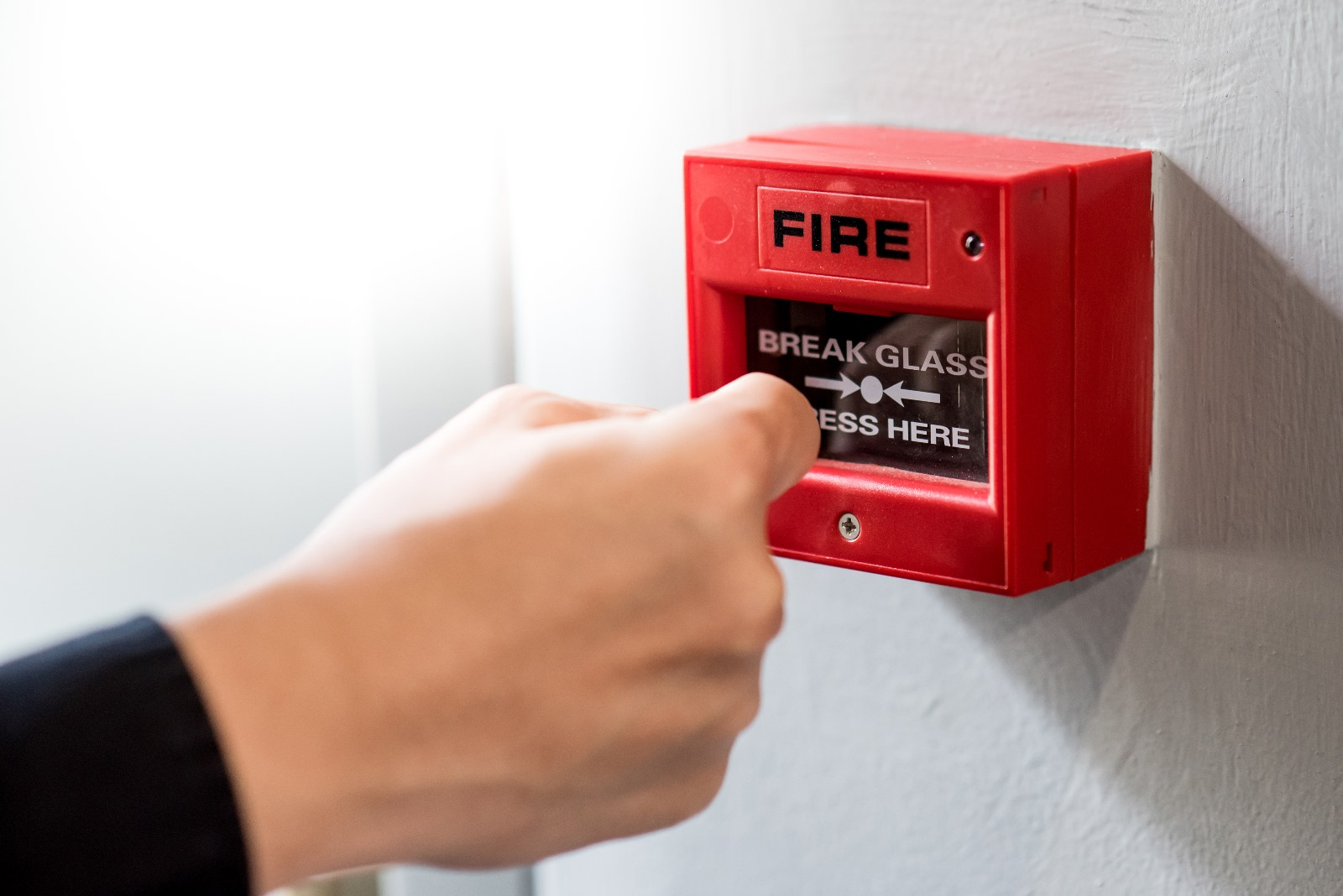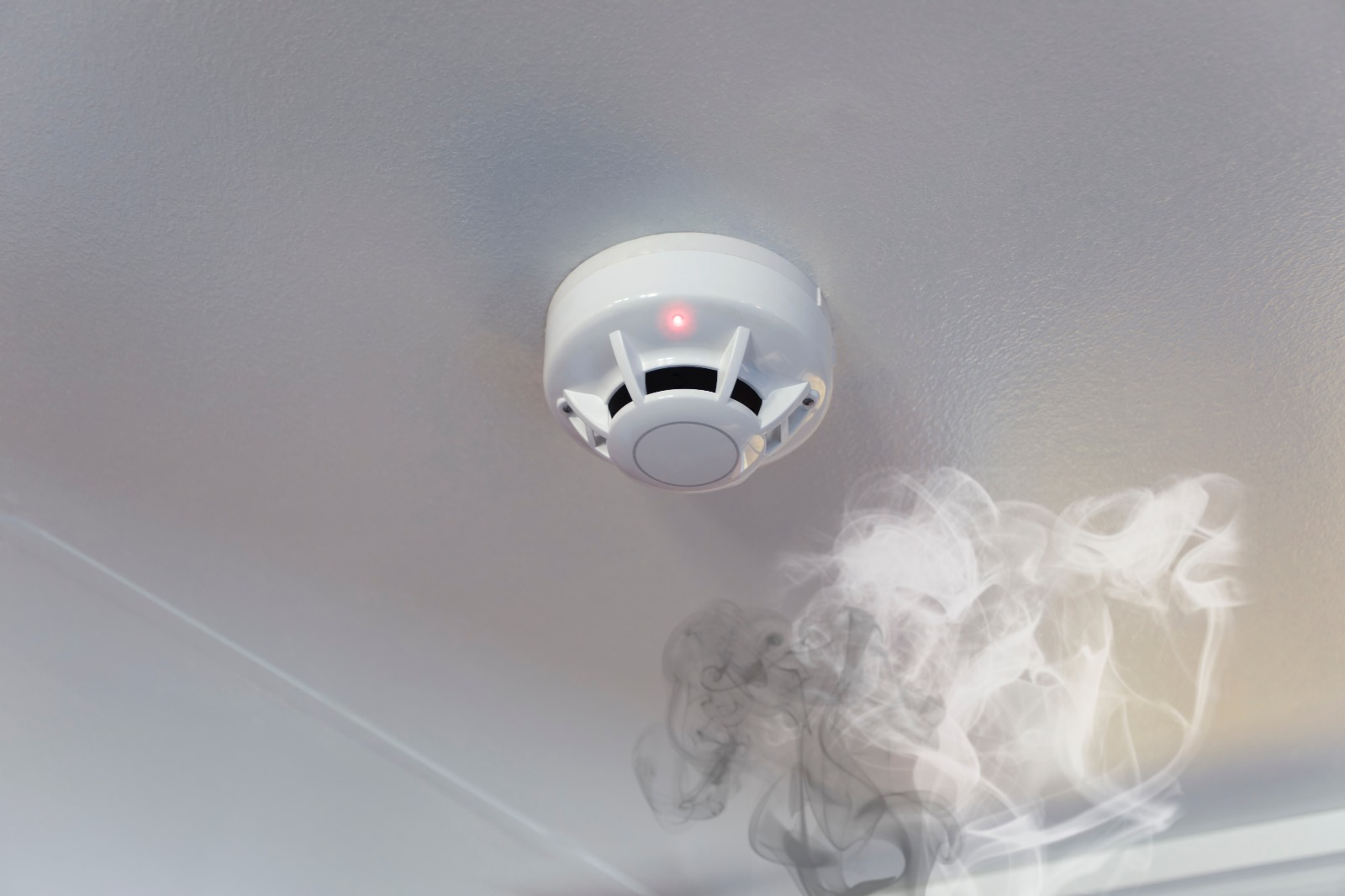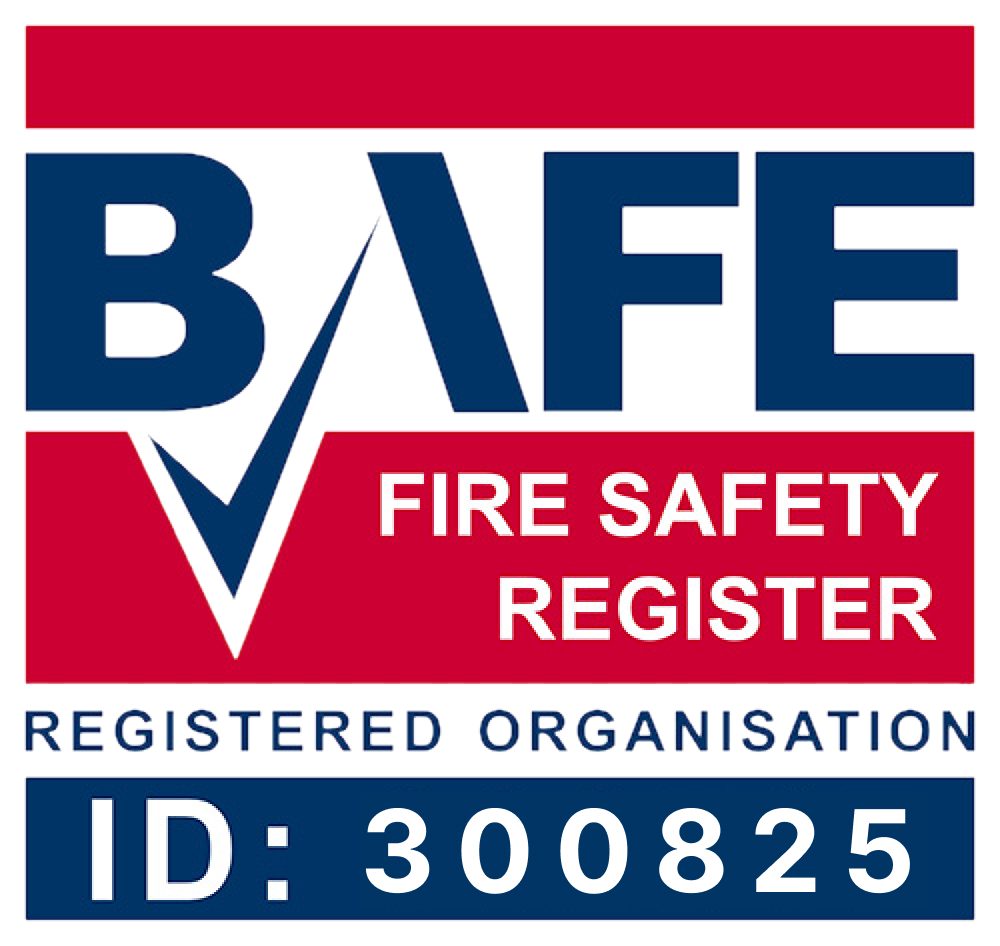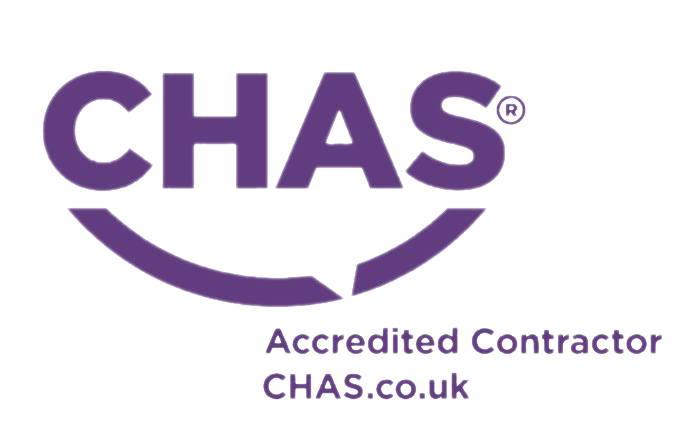Emergency lighting is an essential part of any building’s safety protocol. It helps to ensure that occupants can evacuate safely in the event of a fire or other emergency situation, and it must be tested regularly to make sure it is functioning properly.
In this article, we’ll explore why regular testing of emergency lighting is so important, as well as provide useful guidance on how best to do it.
Emergency lighting provides vital illumination during moments of crisis or disaster, but too often its importance – and the necessity for regular maintenance – are overlooked by facility managers. The consequences of not ensuring your emergency lights are working correctly could be disastrous; hence it’s crucial to understand the bright benefits offered by regular testing.
Read on to find out more!
What Is Emergency Lighting?
Emergency lighting is a vital component of any building’s safety system, providing illumination during power outages and other hazardous situations. Without it, the risk of injury or fatalities greatly increases; making regular testing an absolute must.
Like a lighthouse in the night, emergency lighting illuminates our way to safety in times of uncertainty – but unfortunately, many people forget its importance until they actually need it.
Testing your emergency lighting regularly should be a priority for any business owner or manager. Doing so will ensure that all components are functioning properly and can come on quickly when needed, keeping employees safe from harm.
It’s also essential to ensure that light levels meet health and safety standards – after all, you wouldn’t want your customers fumbling around in darkness! Keeping these points in mind will help keep everyone safe and secure in their environment.
Why Is Emergency Lighting Testing So Important?
Ensuring safety is a key reason why regular emergency lighting testing is so important; it’s vital for identifying any potential issues quickly so that corrective action can be taken.
Compliance with regulations is also essential; regular testing ensures that emergency lighting systems are kept up to date, making sure that organisations meet their legal requirements.
Ensuring Safety
Ensuring safety is key when it comes to emergency lighting testing. Regular testing helps to guarantee that the lights will work in an emergency, meaning people can be kept safe if there is a power outage or other issue which causes darkness.
It’s also important for business owners and landlords to ensure their properties are compliant with health and safety regulations – regular tests give peace of mind that they’re doing all they can to protect customers and tenants.
Without adequate emergency lighting, any building could become hazardous during a blackout, so it pays off to have them tested regularly.
Ultimately, taking these steps makes sure everyone remains safe in the event of an unexpected problem.
Compliance With Regulations
It’s not just safety that makes emergency lighting testing so important – compliance with regulations is also key.
Businesses need to make sure their buildings are up to the required standards, and regular tests can help them do this.
Landlords also have a responsibility to ensure tenants are safe in case of an emergency power outage, and having tested lights is one way for them to prove they’re taking all necessary steps.
Failure to comply could result in hefty fines or worse, so it pays off to be proactive about testing your lights.
Ultimately, by keeping on top of maintenance checks you can rest assured that everyone is kept safe and out of harm’s way should something unexpected happen.
How Often Should Emergency Lighting Be Tested?
Emergency lighting testing is an essential element of any property, be it a home or business. It is designed to provide illumination in the event of a power failure and, as such, should always be tested on a regular basis.
The frequency with which emergency lights are tested will depend upon their environment; for example, areas that are prone to extreme weather conditions may require more frequent testing than those with less harsh climates. The minimum requirement for emergency lighting testing is once every six months; however, this can vary depending on the type of premises and its location.
For instance, industrial locations may need monthly tests due to high levels of dust and dirt build-up around the luminaires. In addition to this, public buildings should also have their emergency lights checked annually by qualified personnel who are experienced in carrying out these inspections.
Ultimately, proper maintenance of your emergency lighting system ensures safety at all times and must not be overlooked if you want peace of mind in the case of an unexpected power outage.
What Are The Different Types Of Emergency Lighting Tests?
Emergency lighting tests are an essential part of any building’s safety system. When a fire or other emergency strikes, it can be difficult to find your way out in the darkness. Thus, regular testing is required to ensure that all emergency lights are working properly and providing adequate illumination when needed.
There are two main types of emergency lighting tests: functional and non-functional. Functional tests involve checking whether the light bulbs work correctly and that they can still provide sufficient brightness even after having been switched on for some time.
Non-functional tests include examining the battery backup systems to make sure they have enough charge left to power the lights during an outage, as well as inspecting them for damage or faults which could lead to failure at crucial moments. Additionally, there may also be regulations regarding how often these tests must take place, so it’s important to stay up-to-date with changes in legislation.
To sum up, regular emergency lighting tests are vital for protecting people from potential danger in dark conditions by making sure that any necessary illumination functions correctly and reliably. It is therefore essential that businesses keep abreast of the latest requirements around this topic in order not just to adhere to relevant rules but also to ensure their premises remain safe environments.
What Are The Benefits Of Emergency Lighting Testing?
The main benefit of regular emergency lighting testing is that it ensures safety.
Not only does it help to prevent any potential disasters, but it can also save you a lot of money in the long run.
Furthermore, it helps to ensure that you comply with all relevant regulations and standards.
Ensuring Safety
Ensuring safety is one of the most important benefits of regular emergency lighting testing; it’s something no business or organisation can afford to overlook.
By regularly checking and maintaining these systems, you guarantee that your employees, customers and premises are kept safe in the event of an unexpected power cut or other emergency situation.
After all, when there’s a blackout, having well-maintained emergency lighting means everyone knows exactly where they should go for help – no one wants to be left in the dark!
So make sure you keep up with those tests; it could save lives.
Cost Savings
When it comes to emergency lighting testing, there’s also the potential for cost savings.
Regular maintenance and tests mean you’re not going to have to spend money replacing faulty equipment, or worse still pay out compensation if an incident is caused by a lack of safety measures in place.
Taking preventative steps now can save your business from dealing with costly issues down the line.
Plus, finding any problems early on makes them much easier to fix – so all-in-all, it just makes good financial sense!
Compliance With Regulations
It’s also important to consider that emergency lighting tests are often necessary in order to comply with regulations.
Depending on your industry, there may be safety standards and codes you need to adhere to or risk hefty fines or other penalties.
Keeping up-to-date with the latest rules means you’ll always have peace of mind knowing that you’re meeting all required guidelines.
So, if you want to stay compliant, regular testing is an absolute must!
What Are The Potential Risks Of Not Testing Emergency Lighting?
Having discussed the benefits of regular emergency lighting testing, it is also important to consider potential risks associated with not conducting these tests in a timely manner.
Firstly, failure to test can risk the safety of those within the premises, as well as any visitors or customers. In an emergency situation such as a fire, power cut or other hazardous event, people need to be able to find their way out quickly and safely. Without adequate light sources providing clear routes of escape, this becomes impossible.
In addition, if appropriate testing is neglected then there could be legal consequences for businesses and organisations that are found non-compliant when inspected by relevant authorities. While legislation may vary depending on the country or region in which they operate, it is essential that companies remain aware of their obligations and proactively arrange suitable testing schedules accordingly.
Doing so can help protect both staff and customers in times of crisis while ensuring full compliance with health & safety regulations.
How To Perform Emergency Lighting Testing
When it comes to emergency lighting testing, the importance of staying prepared cannot be overstated. Regular testing is essential to ensure that any safety systems in place are working correctly and can be relied upon should an emergency situation arise.
To illustrate this point, consider a fire which broke out at an office building in London last year. Despite having a fully-functioning alarm system in place, the occupants were unaware until it was too late as no one had tested the lights recently – leaving them with no warning or escape route from the danger they faced.
This heartbreaking incident serves as a reminder of why regular testing is so important for emergency lighting systems, both for commercial and residential properties alike. Testing these vital components on a frequent basis can help provide peace of mind that all is functioning properly and reduce the risk of ever finding yourself in such an awful position.
It’s not just about ensuring your assets remain safe either; more importantly, it could save lives.
Frequently Asked Questions
What Safety Regulations Should I Be Aware Of When Testing Emergency Lighting?
It’s important to be aware of the safety regulations when testing emergency lighting.
You should ensure that all electrical equipment being used for tests has been properly inspected and certified by a qualified engineer. Additionally, you’ll need to make sure that any wiring or connections made during the test do not pose a risk of electric shock or fire hazard.
If carrying out the test yourself, it’s essential to follow all instructions provided carefully and take appropriate precautions while doing so. Finally, make sure you check regularly that your emergency lighting system is functioning correctly and meets all relevant standards required.
What Is The Best Way To Keep Emergency Lighting Working Properly?
It is always important to ensure emergency lighting works correctly and efficiently in order to keep people safe.
The best way of keeping this vital equipment working properly is by regularly testing it, as well as ensuring the system meets safety regulations.
This can be done by carrying out regular maintenance checks, as well as checking batteries are replaced on time or that light sources aren’t damaged.
It’s also wise to regularly check any detectors or controls associated with the emergency lighting too.
What Types Of Emergency Lighting Are Most Commonly Used?
Emergency lighting is typically used to provide illumination in the event of a power outage or other emergency.
In the UK, there are two main types of emergency lighting that are commonly deployed – mains powered and self-contained. Mains-powered systems rely on an electrical connection to a normal ring circuit, whereas self-contained lights use battery packs which can be recharged via wall sockets.
Both solutions offer reliable illumination during emergencies and both must be regularly tested to ensure they work correctly in the event of a power cut.
How Much Does It Cost To Regularly Test Emergency Lighting?
It may seem like an unnecessary expense to regularly test emergency lighting, but the costs are actually quite minimal.
In fact, most businesses spend less than £50 a year on testing their emergency lights – and that’s only if they need servicing or replacing!
Testing ensures your business complies with safety regulations and reduces the risk of costly fines should something go wrong.
So while it may not be top of your list, regular emergency lighting testing is essential for any business.
Are There Any Special Requirements For Testing Emergency Lighting In Public Buildings?
In public buildings, there are special requirements when it comes to testing emergency lighting. It is mandatory that a professional contractor with adequate qualifications inspects and tests any emergency lighting system in order for the building to comply with safety standards.
This includes making sure all exit signs, fire alarms and emergency lights are functioning correctly, as well as ensuring regular maintenance is performed on any backup batteries or other electrical components of the system.
Regularly testing emergency lighting is essential for safety. Without it, we risk leaving ourselves vulnerable in an emergency situation. It’s a small price to pay when the consequences of not doing so are too dire to even imagine.
Plus, regular testing doesn’t have to break the bank – most costs can easily fit within any budget. We should all take the importance of regular emergency lighting testing seriously and ensure that our buildings and other public places are properly maintained.
After all, one wrong move could lead to catastrophic outcomes! So let’s make sure that everyone stays safe by making this simple but incredibly important precaution part of our daily routine.















































